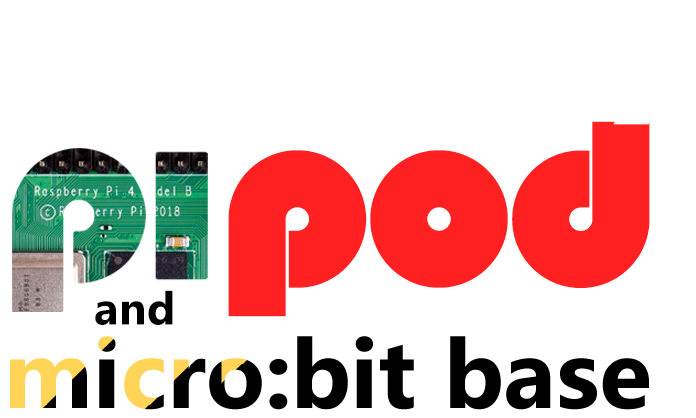All about the calendar Arriving just in time for Christmas, The Pi Hut’s Maker Advent Calendar contains all sorts of maker-y goodness to enhance the Festive season. The Calendar comes as a large box with a cardboard wrapper and will…
Category: Programming
Use Adafruit IO with a Raspberry Pi Pico W to create IoT dashboards using MQTT
Marty the Robot from Robotical – a review of this lovely educational robot
In 2016, Edinburgh-based Robotical introduced their robotic platform, Marty the Robot. Successfully funded through a Crowdfunding campaign, the robot has now been updated to version 2, via another successful campaign, and is now available to buy from their online shop.…
Build a simple physical mute button for video conferencing on Zoom using a Raspberry Pi Pico
Create a weather forecasting station using a Feather S2 and an OLED
At the moment, I am waiting for the second version of my PCB for the PicoPicorder. In a departure from my regular making, I decided to buy a Feather S2 from Pimoroni. This is a Feather-format board with built-in WiFI…







